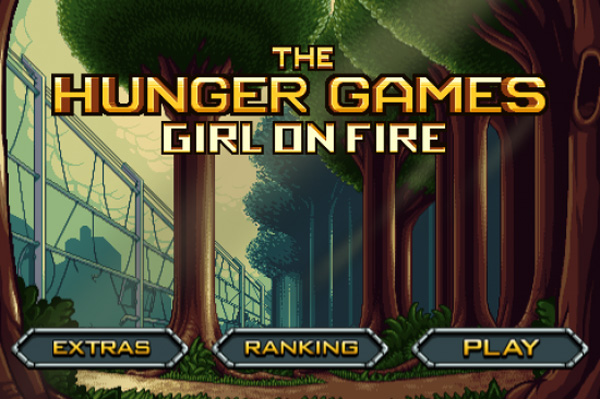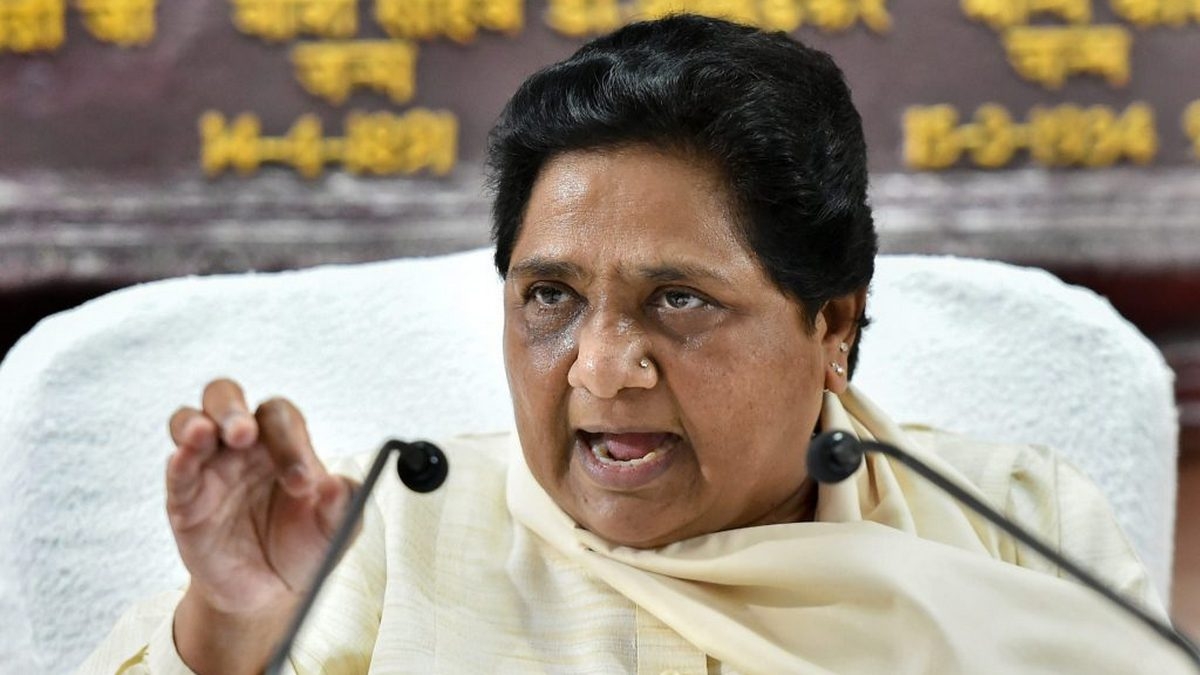Books become films and films become games - stories can now be told without limits

Sofia Romualdo, University of Exeter
What is it about videogames that keeps players spellbound for hours, days, even weeks at a time? Some offer players the freedom to explore a world beautiful to behold, one of rich geographic detail achieved through the output of increasingly sophisticated 3D graphics engines. It might be the atmosphere created by the interaction of visuals, immersive gameplay, environmental sounds and music, the emotional connection with a diverse cast of believable characters with back stories and personalities. Or it may be the possibility of becoming immersed in a storyline of epic proportions, giving players the opportunity to make a real difference in the game world.
In the case of the influential and extraordinarily long lived Japanese videogame series Final Fantasy, now almost 30 years old, the answer is all of the above.
The series developer Square Enix recently held a launch event for the latest instalment - awaited by eager fans worldwide for a decade - Final Fantasy XV. The event was filled with special guests, including series creator Hironobu Sakaguchi; visual artist Yoshitaka Amano, who is responsible for many of the Final Fantasy games' concept art and character design, and Nobuo Uematsu, the composer behind the games' iconic musical scores.
But what's remarkable is that Final Fantasy XV will be more than just a videogame: Square Enix is to create a whole new universe of cross-media storytelling potential. Released alongside the game will be an anime prequel series, Brotherhood, focusing on the main characters' adventures before the events in the game; a CGI feature film, Kingslaive, which takes place in the same world but follows different characters, and a pinball-style mini-game, Justice Monsters Five, which can be found and played within the game but will also be available separately for iOS, Android, and Windows Phone.
Cross-media storytelling, in which a single story is told across different platforms and media formats, tends to be at its best with epic storylines. Those which skilfully explore themes of friendship, love, family, duty and destiny have the space to build complex connections between characters, set against the background of an aesthetically and culturally believable world.
Another example of this approach is found in the Lord of the Rings series, which morphed from the original books, to films, to different types of videogames across many platforms, including a massively-multiplayer online role-playing game (MMORPG), in which players adventure with or against each other. In the other direction, World of Warcraft, Tomb Raider and Resident Evil are all videogames that spawned remakes and sequels in other media as books, graphic novels and films.
As far as adaptability to the silver screen goes, Final Fantasy games have always had a cinematic quality to them. This became especially apparent after the developers hired voice actors to deliver the characters' lines. But even beforehand, players were often treated to memorable and emotionally-charged cutscenes for some of the most important moments in the stories. So a step from photo-realistic animated computer graphics to full-scale CGI film could be considered a natural progression.
In fact, it has happened before: the first Final Fantasy foray into cinema was in 2001, with the CGI film Final Fantasy: The Spirits Within, directed by the series creator Hironobu Sakaguchi. Notwithstanding its technical sophistication, with ground-breaking graphics for the time, the film was met with a tepid reception by fans and critics. This was perhaps partly owing to the fact that its storyline and world were not connected to any of those in the series, and as such the film can hardly be considered an example of Final Fantasy's cross-media potential. However, that looks set to be rectified with the latest instalment.

Cross-media, across audiences
The use of different media to tell a story means that the creators can reach different audiences, or reach the same audience in different ways. This approach seems especially suited to fantasy and science fiction epics: Star Wars is a good example of how a series can capture imaginations, making extensive use of its potential to cross the boundaries between films, books, videogames, comics, toys and games.
But it's easy to imagine the same approach working for other genres. For example, non-fiction themes have been adapted to videogames through the creation of "serious games", meant to educate players and foster problem-solving skills on real-world issues. Compared to books, films or television, videogames have the ability to make players feel more directly involved in the story. A cross-media project related to environmental issues, for example, could include a documentary feature film, book or graphic novel, with playable elements in a videogame.
What does all of this mean for other entertainment media besides videogames? Perhaps the greatest lesson that Final Fantasy and other pioneering videogame series have to teach is that creators and developers should consider all the potential outlets for their stories. We live in a rich, cross-media world, and it's perhaps time that our storytelling abilities start to reflect that.
Sofia Romualdo, PhD researcher, University of Exeter
This article was originally published on The Conversation. Read the original article.
![]()




_251049_300x172.jpg)

![BJP's Kapil Mishra recreates Shankar Mahadevan’s ‘Breathless’ song to highlight Delhi pollution [WATCH] BJP's Kapil Mishra recreates Shankar Mahadevan’s ‘Breathless’ song to highlight Delhi pollution [WATCH]](http://images.catchnews.com/upload/2022/11/03/kapil-mishra_240884_300x172.png)

![Anupam Kher shares pictures of his toned body on 67th birthday [MUST SEE] Anupam Kher shares pictures of his toned body on 67th birthday [MUST SEE]](http://images.catchnews.com/upload/2022/03/07/Anupam_kher_231145_300x172.jpg)






